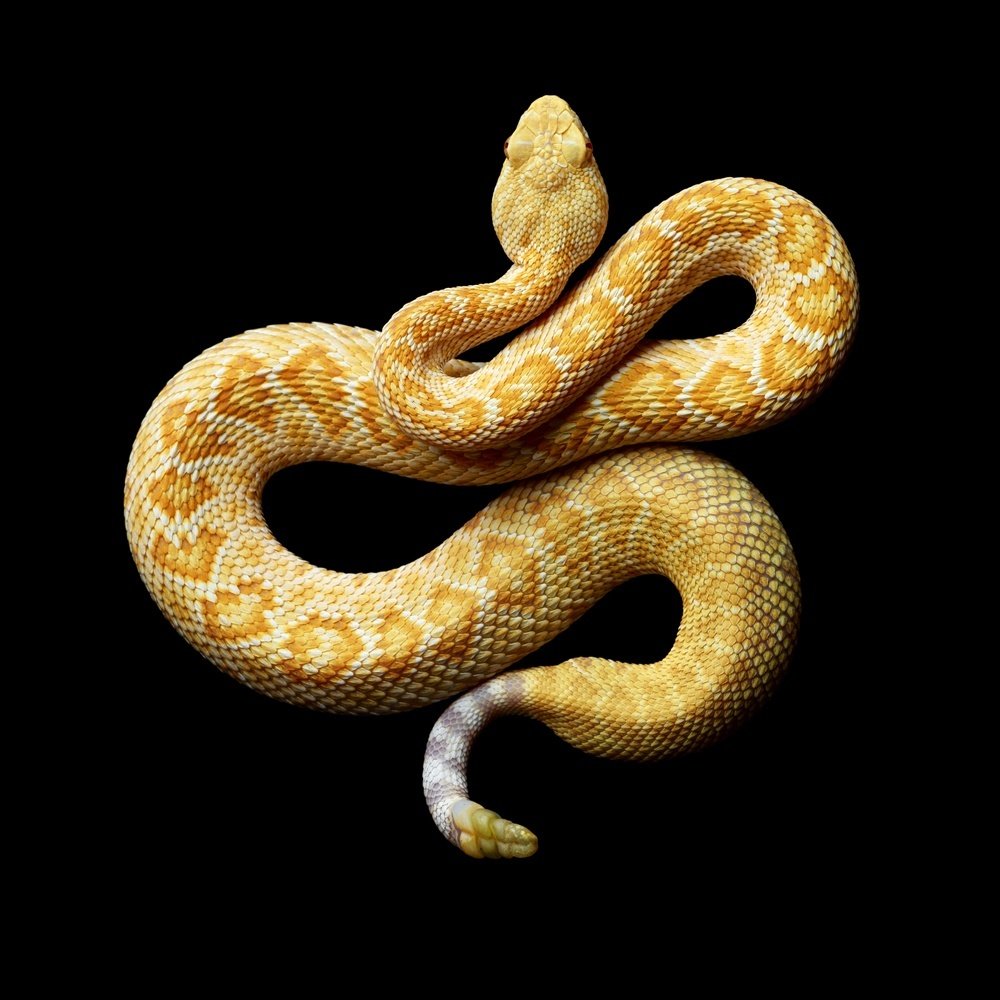Seeming, Being, and the Courage to go Deeper

In many of the old teachings and ancient philosophies from the Greeks to the Hebrews, from the Vedic Indians to the Zen Buddhists, a basic point of the agreement concerns the difference between seeming versus being, that is, between what appears to be the case and what actually IS the case.
One illustration of this problem is found in both ancient Hindu texts and in the work of Plato. A person is standing a few yards away from a stick, looking at it casually. All of a sudden the “stick” begins to undulate and they realize that it is not a stick at all but actually a live snake! The truth turned out to be something far more vital and alive than they had hitherto believed. Coming from a land inhabited by snakes like rattlers and water moccasins and other lovelies, this basic story from world traditions has stuck with me. It can be a matter of life or death to know when it’s a stick on the grass or a snake.
This classic illustration serves to impart a basic understanding of the human problem, that many of us go through life with an idea or prejudice about how things are, or how we are, or how other people are; ideas about what is helpful and what is not helpful, about what is healing, what possesses meaning and what is whole-making. And often, all too often these ideas sound good on the outside but when the rubber hits the road and the going gets tough they float away like leaves on a river.
It is all too easy to blame sources outside of us for these ideas – like family, religion, workplace culture, society. Probably, for this reason, it is just as tempting to look to systems and methodologies to make it easier. But when it comes down to it, seeing something not for what it actually is but instead for what we would like it to be is a tendency we, each of us, carries in our hearts and minds; it begins in the home of our souls.
So often we wish, hope, pray, and say that something is really what we know in our hearts it is not — that a relationship is really firm, when it is really built on quicksand; that a decision is right, when to know it is not really so great; that “everything is fine” when we are not getting enough sleep or proper nourishment. In a million ways we tell ourselves and allow others to support this all too easy deception, and try to convince ourselves that seeming is being: as long as everything seems holy, sacred, wise, good, whole, sensible, blessed, then it really is. One of the many reasons why I love the sacred arts and the community of sacred artists that have gathered around me is because we are a group rarely content with the appearance of something; we dare to go past the seeming and straight into the very heart of being, of the essence.
So then we ask: how do we discern between what seems wise and what actually IS wise? How do we tell the difference between what seems sacred and what IS sacred? How do we differentiate between the appearance of wholeness and the actual day-to-day experience of it?
In the old stories when the hero needed to see something clearly, needed to strip away illusion and get to the bottom of something she would often ask three questions:
Who are you?
Where do you come from?
What is your name?
These questions are not mere literary devices to make the story move forward. They are the exact same questions that sacred artists have been taught to ask of their dreams, their intuitive flashes, and their liminal experiences. They are questions that allow each experience we encounter, be it a feather fallen on the ground at our feet, a mysterious figure that showed up in our dreams, or an idea that is presented as the latest and greatest, to reveal itself as what it actually IS, not what we, or someone else, would like it to be, but what it actually is here and now.
Who are you? Let the experience, the idea, the object speak for itself — not what you want or need it to be, not what someone or some book tells you it is — learn from it directly.
Where do you come from? What is the source of this idea, this experience, this teaching? What is the lineage? What ground has it sprung out of and what are the motivations behind it?
What is your name? Older than old wisdom teaches us that to know the true name of a thing is to know the essence, to know the very being.
The process is not easy, not cut and dry, not reducible to a 7 step program or a diagnostic test. It requires descent into shadowy realms and a willingness to lift up rocks and see what is living underneath them, an act of courage to look beyond appearances and see what is actually there. It requires practice. That is where the miracles happen. That is where the magic begins.